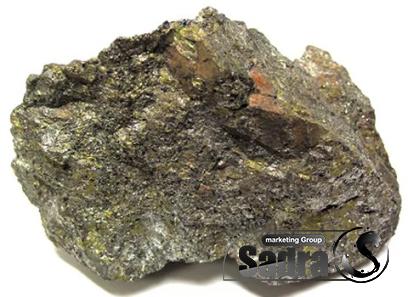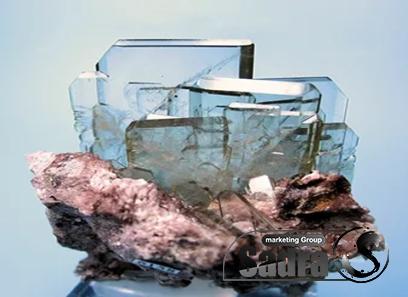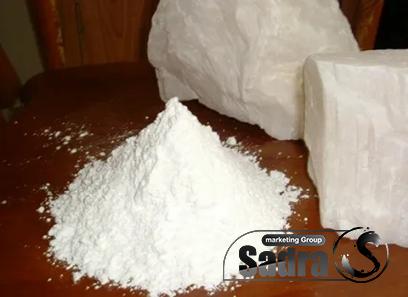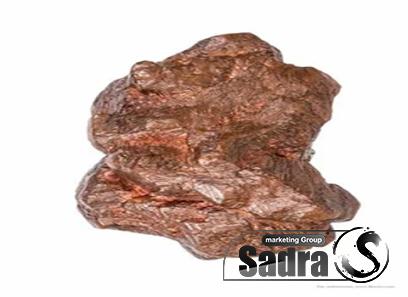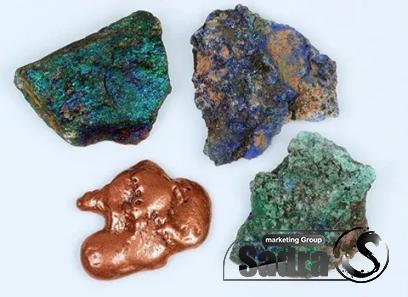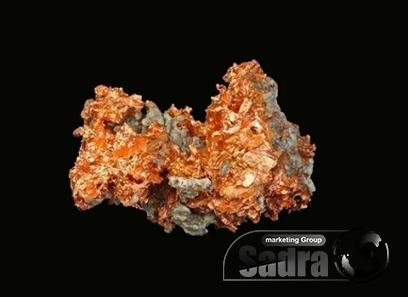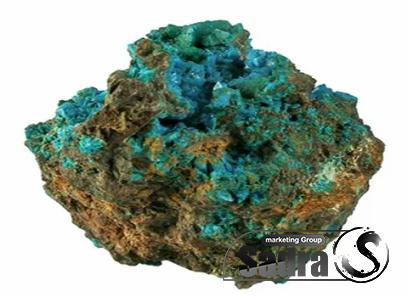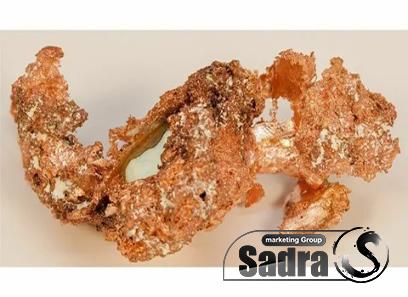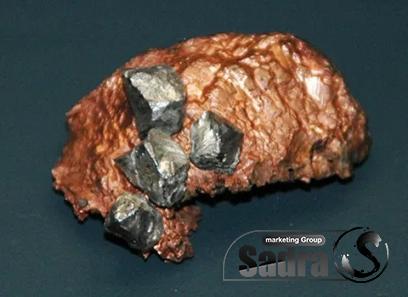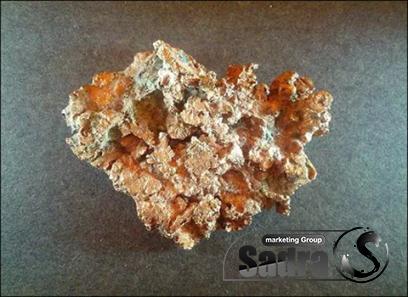Gilsonite Drilling Fluids Properties | Buy at a Cheap Price
To achieve better performance, various gilsonite drilling fluids’ properties, characteristics, and parameters are tracked and modified and are subject to various testing
What Is Gilsonite Drilling Fluids Properties?
API Recommended Practice 13B-1 for water-based drilling fluids and Recommended Practice 13B-2 for oil-based drilling fluids both contain procedures for assessing fluid parameters
Periodically, these methods are updated and expanded when new testing and improvements are made
Drilling fluids are regularly tested to identify their density, also known as mud weight, viscosity, gel strengths, filtration rate, sand content, solids, oil, and water contents, and chemical qualities
The mass per unit volume is known as density or mud weight
It is measured in the field using a mud balance, and the most common units of measurement are pounds per gallon (lb
/gal or ppg), specific gravity (SG) (g/ml), kilograms per cubic meter (kg/cu m), or pounds per cubic foot (lb
/cu ft)
Density, which can be measured and expressed as a gradient like pounds per square inch per thousand feet (psi/1,000 ft), is used to calculate the hydrostatic pressure of the mud column
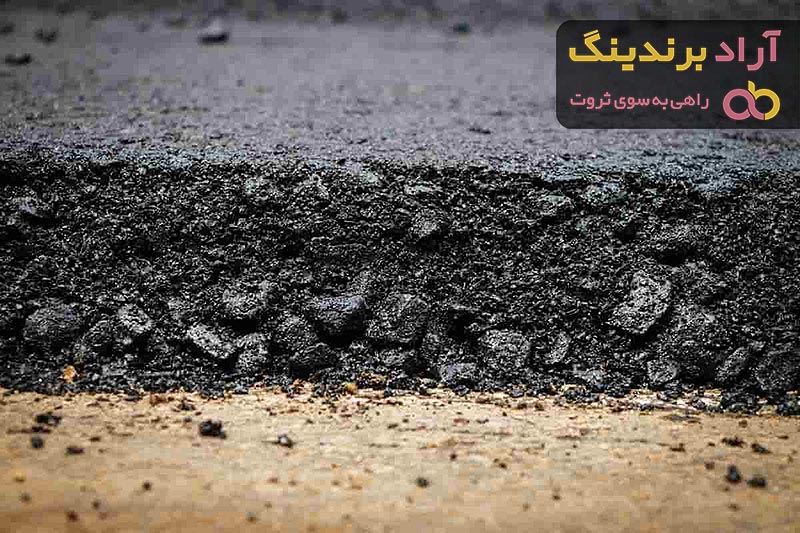
Features of Gilsonite Drilling Fluids Properties
The drilling fluid’s viscosity, or thickness or thinness, is a measurement of the internal flow resistance of the fluid
Because drilling fluids are non-Newtonian, their viscosity varies with shear rate
Compared to liquids like water or oil, which are Newtonian and have a stable viscosity regardless of shear rate, these non-Newtonian fluids behave considerably differently
Non-Newtonian drilling fluids shear thin, resulting in viscosities that are larger at low shear rates and lower at high shear rates

Buy Gilsonite Drilling Fluids Properties at a Cheap Price
The Marsh funnel, which is frequently used to detect relative changes in viscosity, and a direct reading viscometer, which are used to precisely measure viscosity, gel strengths, and non-Newtonian properties, are the two main instruments used to measure viscosity
The Marsh funnel, which is frequently referred to as “funnel viscosity,” is used to track relative viscosity changes
The number of seconds needed for a given fluid to flow a volume of 1 qt into a graded mud cup is known as the Marsh funnel viscosity
